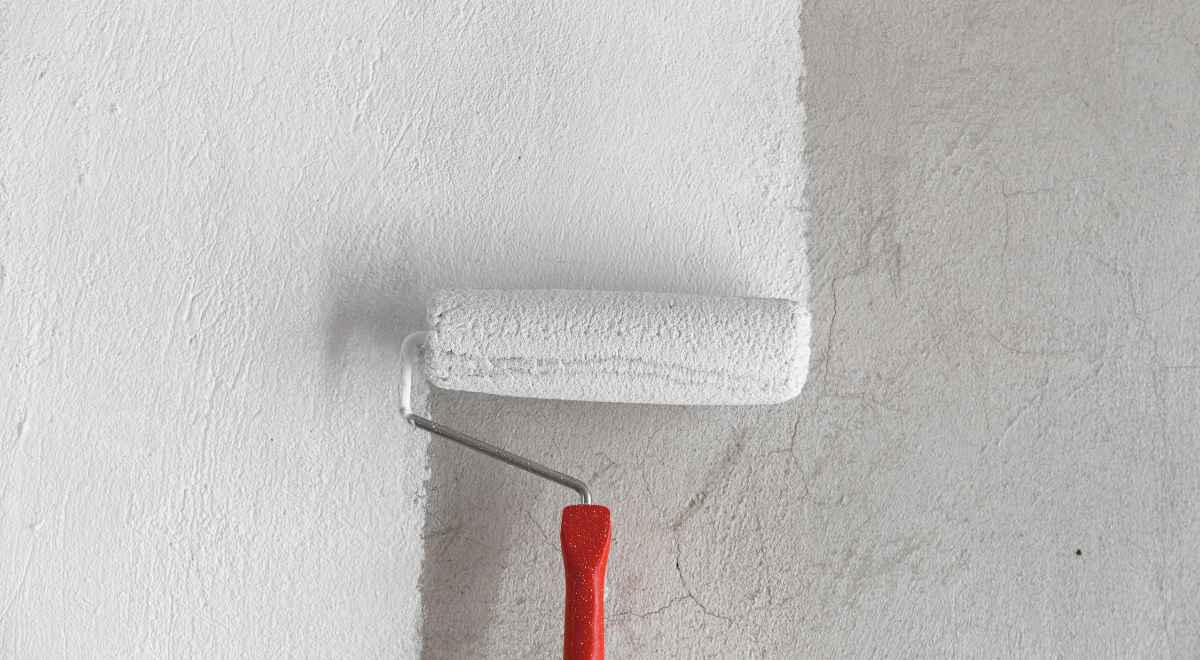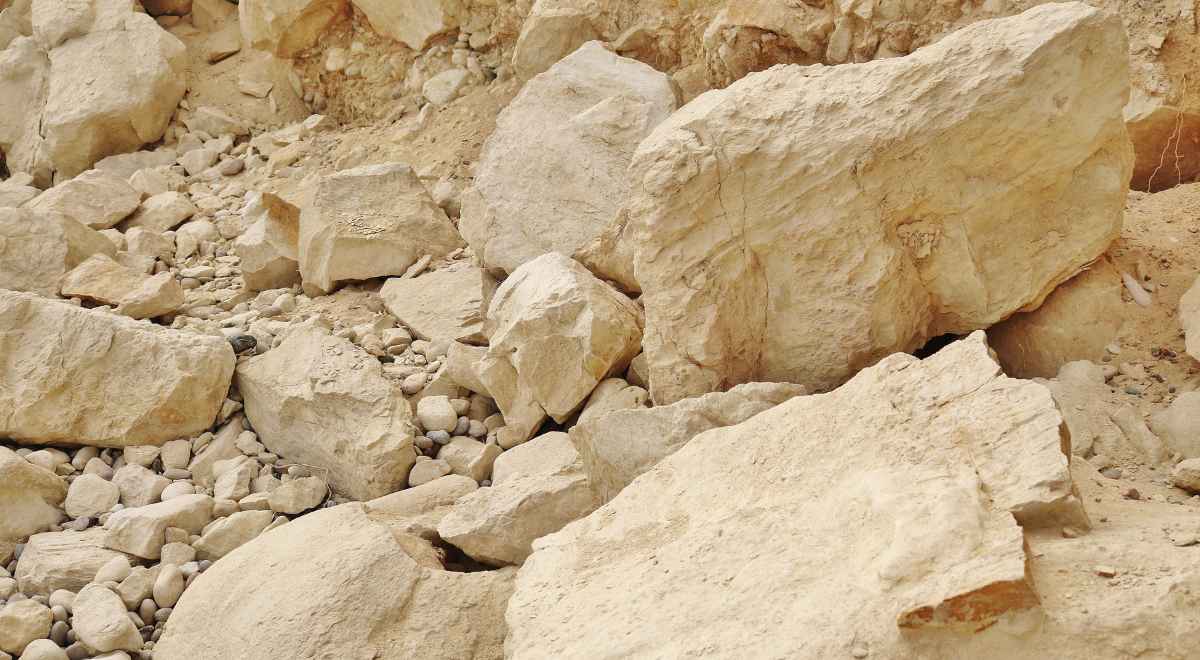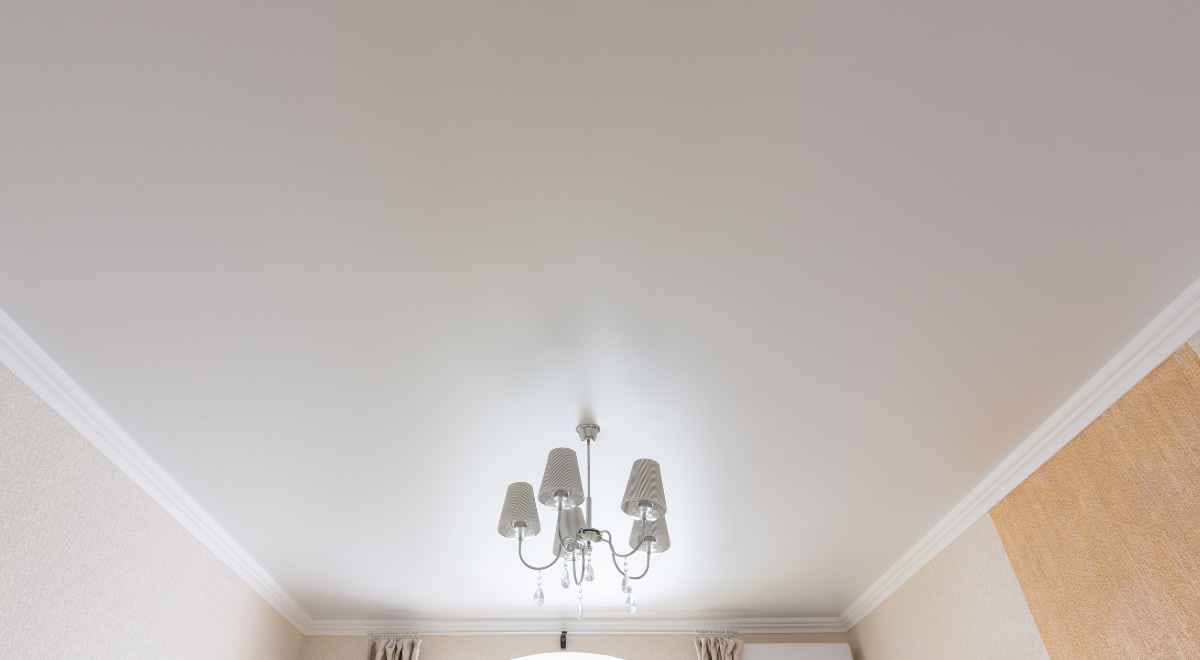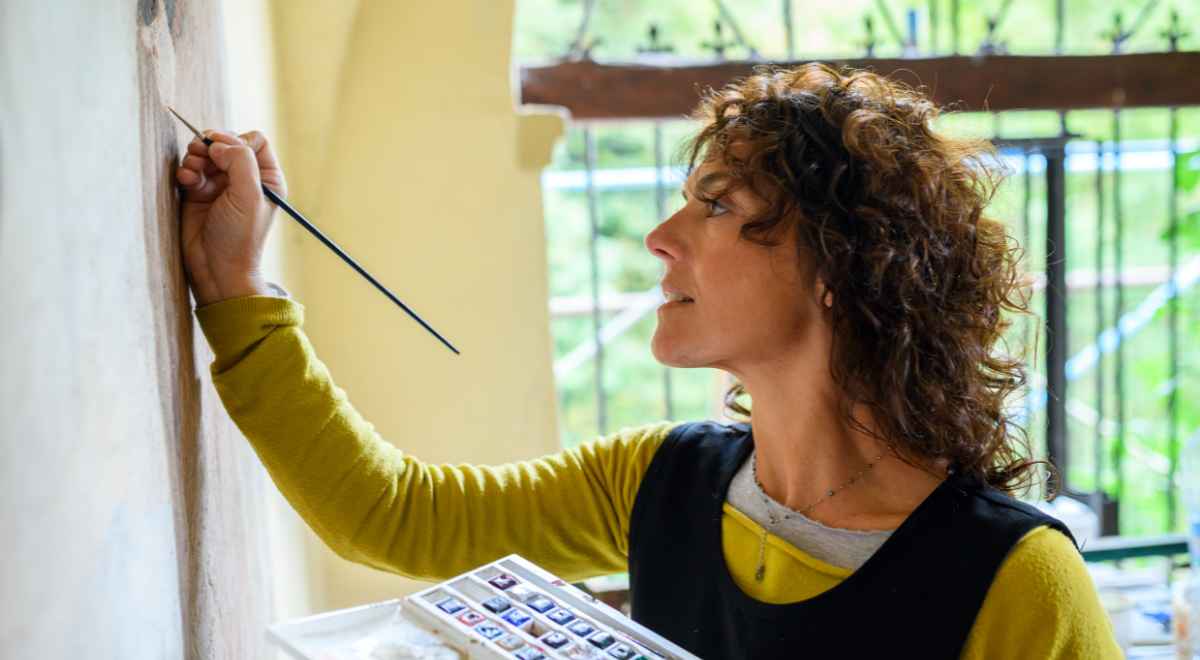Distemper Paints: More Than a Cheap Painting Alternative
If you thought distemper was just another painting alternative, you couldn’t be any more wrong. Here’s all you need to know about Distemper paints.

Enter the ancient world of paints, the early cave paintings used charcoal and oxides of some metals for color. Since then we have come a long way with paints, we now use paints with complex formulations incomparable to the basic paints of the past.
Most of the old paint types have vanished over this period of transition from Cave paintings to the modern-day paint formulations. I use the word “most” because some paints survived to paint their tale over your walls. One of these survivors is a paint that is still hugely relevant all over the world- Distemper.
What is Distemper Paint?
Distemper is a basic water-based paint. To put it simply, it is a mixture of chalk, glue, and water. Now moving to the not-so-simple explanation. Distemper is made using natural ingredients like chalk/lime, pigment, water, and a binding agent of choice. Here by chalk, I mean Calcium Carbonate, which is a naturally occurring mineral found in limestones and chalk.

Before we continue, here’s an essential piece of information to help you understand the composition of distempers.
Whatever the type of wall paint, it consists of a Base, a Thinner, a Binder, and a Pigment.
Base: The Base is what constitutes the majority of the paint, therefore you can call it the body of the paint.
Thinner: A Thinner, well, thins the paint, it is used to control the viscosity of the paint based on requirements.
Pigment: Pigment is a coloring agent that changes the perceived color of the paint.
Binder: A Binder holds all the other components together.
If white is the color of choice (which is usually the case) then chalk is both your base and pigment in Distemper. If you want the distemper to be in a different color other than the usual white, then the pigment of that particular color has to be used while making the distemper.
Water is used as a Thinner for Distemper. For the binder, animal or vegetable glue is commonly used, other than this, Casein, gum Arabic, and in some cases linseed oil are used as a binder too.
This combination of ingredients is what makes Distemper a very cheap painting option. The ratios and the ingredients used for making Distemper are not definitive, every craftsman or painter makes and uses their own version for the job at hand.
Types of Distemper
Distempers can be broadly classified into two categories based on the binder used and the durability of the paint finish.
Soft Distemper
This is the distemper which makes use of animal, or vegetable glue as the binder. This is the most commonly used distemper type. This distemper being water soluble makes it highly breathable, at the same time this makes it unwashable because any contact with water will damage it. It is also not abrasion-resistant, making its durability low.
Hard Distemper
Hard distempers use a stronger binding agent like linseed oil or casein, which makes the paint more durable and abrasion-resistant. This also increases the washability of the paint. Unlike the Soft distemper which only gives your walls a matt finish, semi-gloss finishes are possible with Hard distempers.
The History of Distemper Paint
The usage of Distemper paint dates back to Ancient Egyptian times. It was used to paint walls and decorate homes back then, it was also popular during medieval times in Europe. But it was in the 18th and 19th centuries when the popularity of Distemper paints surged. Many medieval and Renaissance painters used Distemper paints for their work before oil paints were formulated.
Characteristics of Distemper Paint
Distemper Paint is known for its unique characteristics
Matte Finish: Distemper paints offer a velvety textured matte finish, imparting a classic and elegant appearance.

Breathability: Distemper paints offer one of the highest breathability among paints, this allows moisture from the walls to pass through the paint layer. This makes them perfect for old buildings that need to expel moisture.
Eco-Friendly: Due to the nature of ingredients used to make the paint i.e. the materials procured from nature that are non-toxic, it makes the paint environmentally friendly and safe.
Water Solubility: Due to the nature of the materials used, distemper is completely water soluble. This means wiping the painted surface with a wet rag is enough to remove the paint, making repainting easy.
Limited Color Range: There are very limited color choices available in Distemper, mostly consisting of earthy hues. This limitation can also be viewed as a unique feature of Distemper.
Although these were limiting characteristics some years ago, many modern distemper paints are not bound by these limitations anymore. Synthetic and Acrylic Distemper paint formulations vary hugely from the traditional distemper paints, due to this, we now have distemper paints that can give a glossy finish and also possess water resistance ability.
Distemper Paint Usage
Interiors
Distemper paints are commonly used for interiors where budget is a constraint. It is also suitable for the interiors of sheds, farmhouses, and other temporary shelters where paint is a formality. It is also perfect for places demanding a high level of breathability.
Restoration and Architectural Projects
Since heritage buildings mostly used Distemper, it makes perfect sense to use Distemper again on them. Using any other type of paint might cause a layer buildup, but that is not an issue with distemper. Distemper is widely used for painting plaster molding because of this very reason. Their breathability is also a huge plus for old buildings to prevent moisture build-up.

Art
Before the coming of oil paint, distemper was a popular choice for artists, even after the popularization of oil paints, there are many artists and muralists who still use distemper paint for its unique texture and finish.
The many modern innovations in the world of paints have allowed distemper paints to move beyond their limitations, almost becoming unrecognizable in the process. But the traditional distemper paint still persists, living on in insignificant corners, away from the eyes that judge.




Comments ()